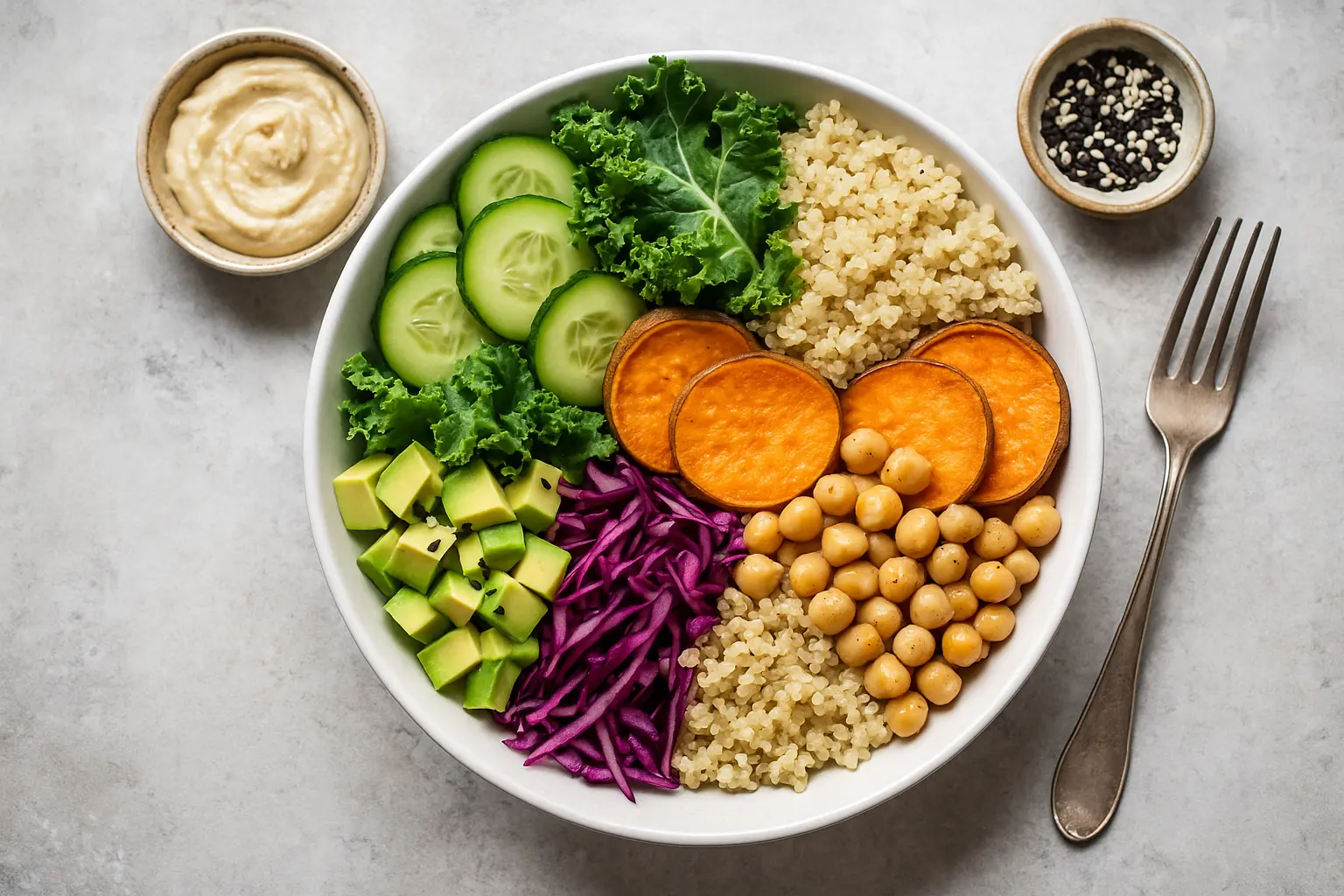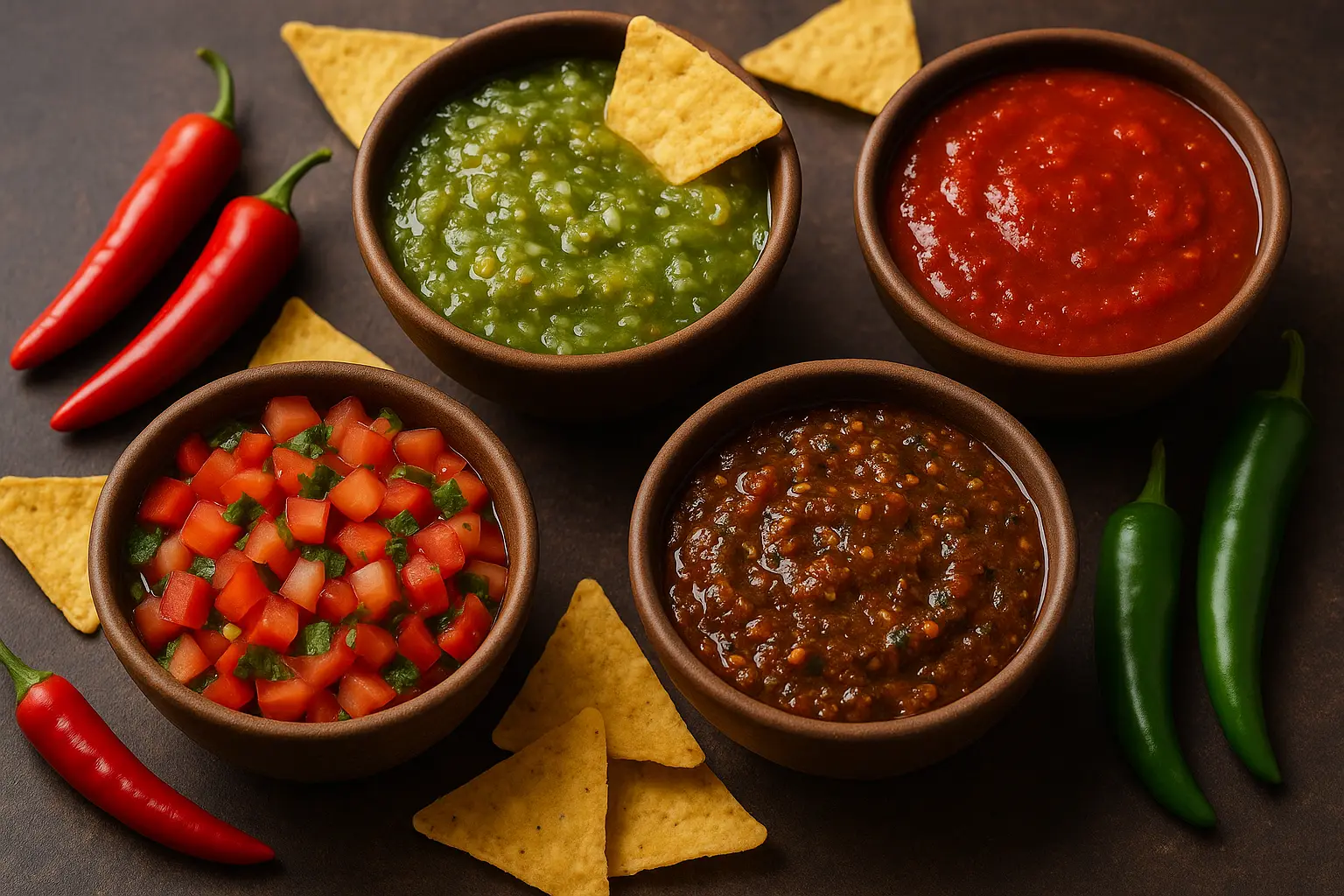In South India, no meal feels complete without a dollop of spicy, tangy, and aromatic pickle on the side. Known as oorugai in Tamil, uppinakayi in Kannada, aavakaya in Telugu, and achar in Malayalam, these condiments are more than just flavor enhancers. They represent tradition, seasonal eating, and a preservation technique that has been passed down through generations.
South Indian pickles stand out from their North Indian counterparts because of their bold use of chili, mustard seeds, curry leaves, and sesame oil. They are usually hotter, more pungent, and often carry regional signatures that reflect local produce. From fiery Andhra mango pickle to tangy Tamil lemon pickle and even unusual delights like ginger and garlic pickles, the variety is astonishing.
This guide dives deep into spicy pickle recipes from South India, covering authentic preparation methods, tips for preservation, and detailed recipes you can try at home.

The Role of Pickles in South Indian Cuisine
Pickles in South India are not just side dishes; they are cultural markers. They serve multiple purposes:
Flavor Boosters: Pickles bring a burst of spice, sourness, or saltiness to otherwise simple meals like curd rice, dosa, or steamed rice.
Seasonal Preserves: Many pickles use seasonal produce (like raw mangoes or gongura leaves) preserved to be enjoyed throughout the year.
Health Benefits: Ingredients like ginger, garlic, turmeric, and chili not only add flavor but also aid digestion and immunity.
Tradition and Ritual: Pickle making is often a communal activity in households, especially during summer when mango season peaks.
Key Ingredients in South Indian Pickles
Raw Mangoes – The star of Andhra pickles, especially aavakaya, made with mustard seeds and chili powder.
Lemon & Lime – Tangy and versatile, they feature in Tamil Nadu and Kerala pickles.
Gongura Leaves (Sorrel) – A sour green that is iconic in Andhra Pradesh.
Garlic & Ginger – Used both for their pungency and health benefits.
Green Chilies & Red Chilies – Integral to creating the spicy heat.
Spices – Mustard seeds, fenugreek (methi), turmeric, and asafoetida.
Sesame Oil (Gingelly Oil) – Preferred in Tamil Nadu for its nutty aroma and preservation qualities.
Tamarind – Adds sourness to pickles in some parts of Kerala and Karnataka.
Classic South Indian Pickle Recipes
Below are some of the most beloved and authentic recipes, explained in detail.
1. Andhra Mango Aavakaya
About:
A fiery, red pickle made during peak mango season. It is famous for its long shelf life and bold flavors.
Ingredients:
1 kg raw mangoes, cut into cubes with skin
150 g mustard seeds, roasted and powdered
200 g red chili powder (preferably Guntur chilies)
100 g fenugreek seeds, lightly roasted and powdered
200 ml sesame oil
2 tbsp turmeric powder
Salt to taste
Method:
Wash and dry the mango pieces completely. No moisture should remain.
Mix mustard powder, chili powder, fenugreek powder, turmeric, and salt.
Coat mango pieces with the spice mix.
Heat sesame oil until just warm, then pour over the mixture.
Store in a clean glass jar. Let it mature for at least 10 days before use.
Serving Suggestion: Best with hot rice and ghee or curd rice.
2. Tamil Nadu Lemon Pickle (Elumichai Oorugai)
About:
A sour and tangy pickle balanced with spice. Often prepared during festivals.
Ingredients:
20 lemons, quartered
150 g red chili powder
2 tbsp fenugreek powder
1 tsp asafoetida
200 ml sesame oil
Salt to taste
Method:
Steam lemons for 5 minutes or sun-dry them for a day to soften.
Mix chili, fenugreek, salt, and asafoetida.
Add lemons and coat well.
Heat sesame oil, cool slightly, and add to mixture.
Store for at least 3 weeks to allow flavors to deepen.
Serving Suggestion: Goes well with curd rice, paratha, or dosa.
3. Kerala Mango Pickle (Kadumanga Achar)
About:
Kerala’s version of mango pickle is quick, tangy, and spiced with curry leaves.
Ingredients:
500 g raw mangoes, diced
3 tbsp red chili powder
1 tbsp turmeric powder
1 tbsp mustard seeds
1 sprig curry leaves
100 ml coconut oil
Salt to taste
Method:
Heat coconut oil, add mustard seeds, curry leaves.
Mix chili and turmeric powder with mango cubes.
Pour the hot oil tempering over the mixture.
Store in a sterilized jar.
Serving Suggestion: A staple during Kerala sadyas (festive meals).
4. Andhra Gongura Pickle
About:
A tangy pickle made with gongura (sorrel) leaves, unique to Andhra cuisine.
Ingredients:
2 bunches gongura leaves, washed and dried
100 g red chili powder
2 tbsp mustard seeds
2 tbsp fenugreek seeds
200 ml sesame oil
8–10 garlic cloves
Salt to taste
Method:
Dry roast mustard and fenugreek; grind to powder.
Fry gongura leaves in oil until wilted.
Grind leaves into a paste with chili and salt.
Add the spice powder and more oil.
Store in jars.
Serving Suggestion: Perfect with hot steamed rice and a dollop of ghee.
5. Garlic Pickle (Poondu Oorugai – Tamil Nadu)
About:
A pungent and fiery pickle that doubles as an immunity booster.
Ingredients:
200 g garlic cloves, peeled
100 g red chili powder
2 tbsp fenugreek powder
200 ml sesame oil
Tamarind extract from lemon-sized tamarind
Salt to taste
Method:
Fry garlic cloves in sesame oil until golden.
Add tamarind extract, chili powder, and fenugreek powder.
Cook until thick and oil separates.
Cool and store in sterilized jars.
Serving Suggestion: Enhances flavor when paired with idli, dosa, or chapati.
Preservation Tips for Pickles
Always use sterilized glass jars.
Ensure no moisture comes in contact with ingredients.
Use enough oil to cover the pickle and act as a natural preservative.
Store in a cool, dark place and always use a dry spoon.
Health Benefits of South Indian Pickles
Aids Digestion – Spices like mustard and fenugreek stimulate appetite.
Rich in Antioxidants – Chilies and turmeric boost immunity.
Probiotics – Some fermented versions support gut health.
Energy Boosters – Sesame oil provides healthy fats.
Modern Twists to Traditional Pickles
While authentic recipes remain beloved, modern kitchens experiment with:
Olive oil instead of sesame oil.
Less salt for health-conscious versions.
Quick no-cook versions for students and busy professionals.
Conclusion
South Indian pickles are not just condiments; they are cultural treasures passed down for centuries. They bring bold flavors, preserve seasonal produce, and turn even the simplest meal into a feast. Whether you love the fiery Andhra aavakaya, the tangy Tamil lemon pickle, or Kerala’s comforting kadumanga achar, each recipe tells a story of its region.
For anyone looking to experience authentic flavors, learning these recipes is a rewarding journey into South Indian culinary heritage.
Leave a comment
Your email address will not be published. Required fields are marked *




















